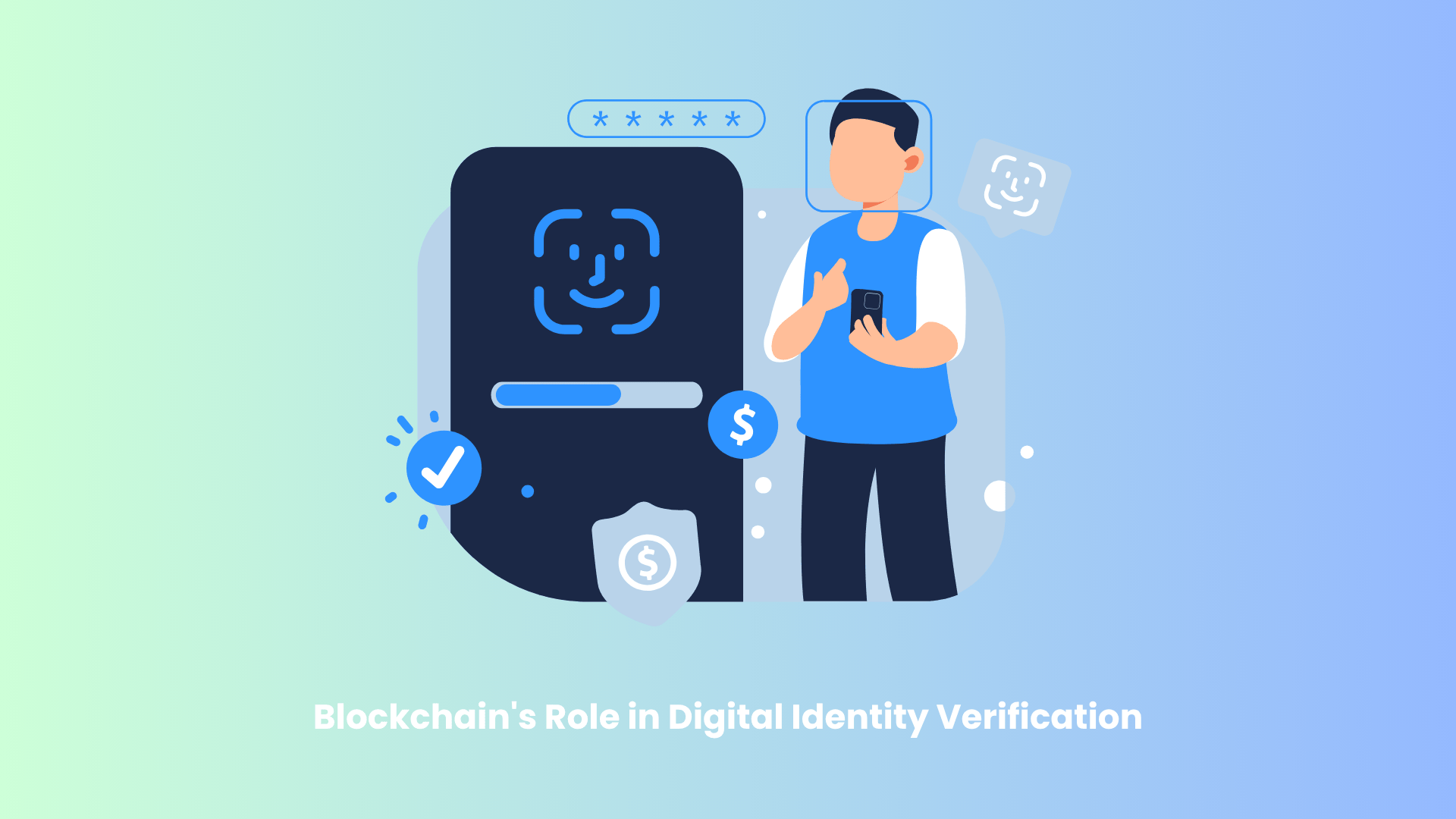In the modern digital world, protecting identity and personal information is crucial. Individuals must share sensitive data more frequently with the increasing use of online services, banking, social media, and e-commerce. Unfortunately, this has increased data breaches, identity theft, and fraud. Traditional identity verification methods, such as passwords and physical ID cards, are no longer secure enough to protect against these threats. Enter blockchain technology, which is quickly becoming a game-changer in digital identity verification.
In this article, we’ll explore how blockchain transforms how identities are verified online, ensuring greater security, privacy, and control for individuals and businesses.
1. Understanding Blockchain Technology
Before diving into how blockchain improves digital identity verification, it’s essential to understand how blockchain works. At its core, blockchain is a decentralized, distributed ledger that records transactions across multiple computers so that the registered transactions cannot be altered retroactively without altering all subsequent blocks, which would require the consensus of the network. This immutability makes blockchain a secure and reliable way to store and transfer data.
Blockchain’s decentralized nature means there is no central authority controlling the data. Instead, users maintain control over their information, making blockchain well-suited for digital identity verification.
2. The Problems with Traditional Digital Identity Systems
Traditional identity verification systems have been primarily based on a centralized approach. User data is stored in a central database controlled by a third-party organization, such as a government agency, bank, or social media platform. While this model has been effective for many years, it has several drawbacks:
- Data Breaches and Cybersecurity Risks: Centralized systems are vulnerable to hacking, as all personal data is stored in one place. If a hacker gains access to the central database, they can steal sensitive information like social security numbers, bank details, and passwords.
- Lack of Control for Individuals: When you use online services, you often have to trust third-party organizations to manage and protect your identity. However, you have little control over how your data is used or shared.
- Inefficiency and Delays: Traditional identity verification methods often require physical documents or lengthy approval processes, leading to delays and inefficiencies.
3. Blockchain’s Advantages in Digital Identity Verification
Blockchain solves many of the problems associated with traditional identity systems. Here’s how it works:
- Decentralized Control: Blockchain allows individuals to control their personal information without relying on a third-party organization to store or manage it. Instead of your data being held by a single entity, it is distributed across the blockchain network, making it much more difficult for hackers to access or alter.
- Increased Security: With blockchain’s cryptographic security, each user’s identity is verified through a unique digital signature. These signatures are mathematically encrypted and cannot be forged. Blockchain’s immutability ensures that once data is stored, it cannot be altered or erased without a trace, preventing unauthorized access and fraud.
- Privacy and Anonymity: Blockchain allows for greater privacy than traditional digital identity verification methods. Users can verify their identity without revealing sensitive personal information. For example, zero-knowledge proofs (ZKPs) enable users to prove their identity or eligibility for certain services without disclosing more information than necessary.
- Efficiency: Blockchain technology can drastically reduce the time and costs associated with traditional identity verification. The process is automated, eliminating the need for manual approvals and reducing administrative burdens.
4. How Blockchain Works for Digital Identity Verification
The process of verifying a digital identity on the blockchain works in several stages:
- Creating a Digital Identity: The user creates A digital identity through a blockchain platform. This identity is linked to cryptographic keys, which verify the user’s authenticity. The identity data can include personal information, such as name, age, and address, as well as biometric data like fingerprints or facial recognition.
- Storing Data on the Blockchain: Instead of storing sensitive data on centralized servers, blockchain stores a hash (a unique identifier) of the user’s data in a secure, decentralized ledger. This ensures that only the user can access their complete identity data, which can be securely verified without revealing the entire dataset.
- Verifying Identity: When a user needs to prove their identity, they can use their private key to sign a transaction on the blockchain. This transaction will be verified by other nodes in the network, ensuring that the identity is legitimate. Since the blockchain is decentralized, there is no single point of failure, and the verification process is faster and more secure than traditional methods.
- Smart Contracts for Access Control: Blockchain’s smart contracts can automatically enforce rules for accessing certain services based on the user’s verified identity. For example, a smart contract could automatically grant access to a financial service or healthcare provider once the user’s identity has been authenticated. This eliminates the need for manual intervention and streamlines the process.
5. Use Cases of Blockchain for Digital Identity
Blockchain’s digital identity verification applications span multiple industries, from financial services to healthcare and government services. Some key use cases include:
- Banking and Financial Services: Blockchain can help banks and financial institutions securely, efficiently, and cost-effectively verify customers’ identities. It can be used to ensure Know Your Customer (KYC) compliance and to prevent fraud.
- Healthcare: Blockchain allows providers to verify patient identities while maintaining data privacy. It ensures that medical records are secure and accessible only to authorized professionals.
- Government and Voting: Blockchain can be used for secure, tamper-proof identity verification in government services, including social security and tax reporting. It could also be used in voter authentication during elections to prevent fraud.
- Travel and Immigration: Blockchain can streamline passport verification, enabling travelers to securely and quickly verify their identity at border controls.
6. The Future of Blockchain in Digital Identity
As the demand for secure, decentralized identity verification continues to grow, blockchain is expected to become an integral part of the digital identity ecosystem. In the future, we may see a global self-sovereign identity (SSI) standard, where individuals control their identities without relying on centralized authorities. This will likely be powered by blockchain technology, which provides the security and privacy necessary for widespread adoption.
Furthermore, blockchain could play a significant role in cross-border identity verification, enabling users to verify their identity across different countries and jurisdictions without requiring multiple documents or approvals.
Conclusion
Blockchain technology is poised to revolutionize digital identity verification, offering a more secure, efficient, and privacy-preserving alternative to traditional methods. By giving individuals control over their data and reducing the risks of fraud and data breaches, blockchain has the potential to make online identity verification faster, safer, and more accessible. As more industries adopt blockchain solutions, we expect this technology to become a cornerstone of the digital future.

